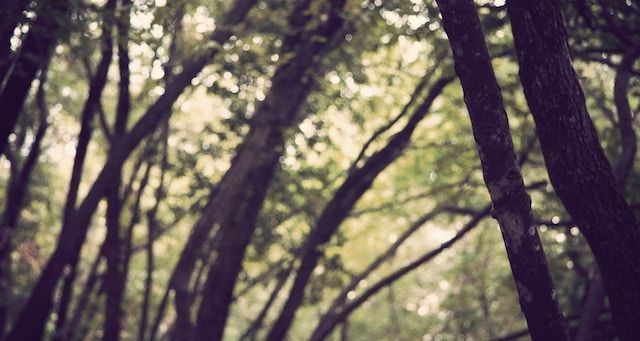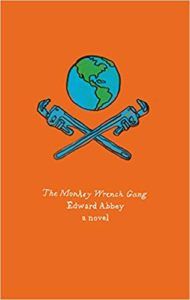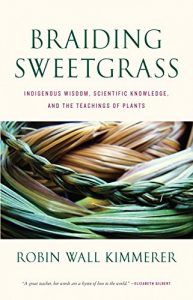
What to Read When FROZEN II Turns You Into an Environmentalist
Heads up: This post contains spoilers.
The week after it came out, my friend Jera and I went to see Frozen II. We two 30-year-old ladies squealed with delight as we bought our tickets and nestled in excited for 90 minutes of beautifully rendered, computer-generated, Disneyfied escapism.

Just like The Monkey Wrench Gang, the big plot point of Frozen II is that a dam has destroyed a sacred space. Unlike the characters in The Monkey Wrench Gang, Anna, Elsa, and Christoff were clearheaded enough and had the resources and political clout to bring the darn thing down. I WAS THRILLED!
Nevertheless, Edward Abbey was not the only environmental author whose work informed my viewing of Frozen II. As I watched the villagers scrabble up to the higher ground to escape a set of strange natural disasters, I thought of Elizabeth Rush’s Rising: Dispatches from the New American Shore. While this book doesn’t take place anywhere as far north as the Scandinavian backdrop of Frozen, it does chronicle the lives of those who have lost their homes to the storms and rising seas caused by climate change.
Both Frozen II and Rising interview the indigenous and the disenfranchised and take them seriously without question. In Frozen, it’s the Northuldra, a people who have been trapped in a magical fog for decades, and herd reindeer, like the Sami of Northern Europe. In Rising, it is the Native Americans that call the flooding islands of southern Louisiana home.
Later, a call on the wind beckons Elsa to defy her comfort zone. The call has the fantastic finishing touch of sounding similar to a Kulning, or a Swedish herding call, which was created in a way that it could echo through the hills and tell the livestock it was time to come in. She follows the call to the sea and then to a mysterious glacier. “Wait a minute,” I thought, “I just read about this.” And sections of Robert Macfarlane’s underground epic Underland: a Deep Time Journey pass passed through my head. The real ice caves and a whirlpool off the coast of Norway known as a Maelstrom both appear in Macfarlane’s work and on-screen in front of me. The scared mystery of ice caves and world pools is carefully observed in book and film. I wish I could whisper to kids watching it everywhere, “Guess what, these places are real.”

The film is much more subtle about its environmentalism than I am being, but perhaps this subtlety is hinting at a more significant shift. Perhaps the young people of our world have accepted that we have dramatically damaged the planet, and maybe they know that hiding from it isn’t going to fix it.














